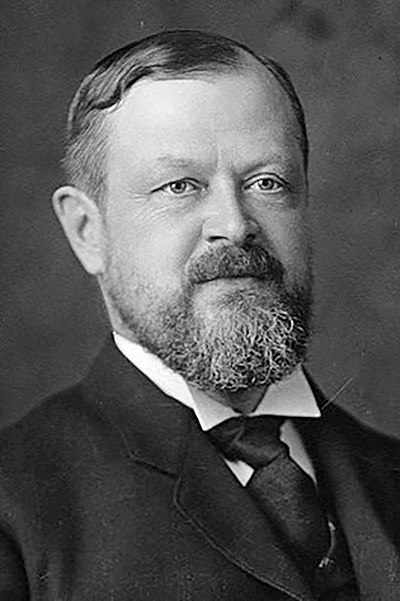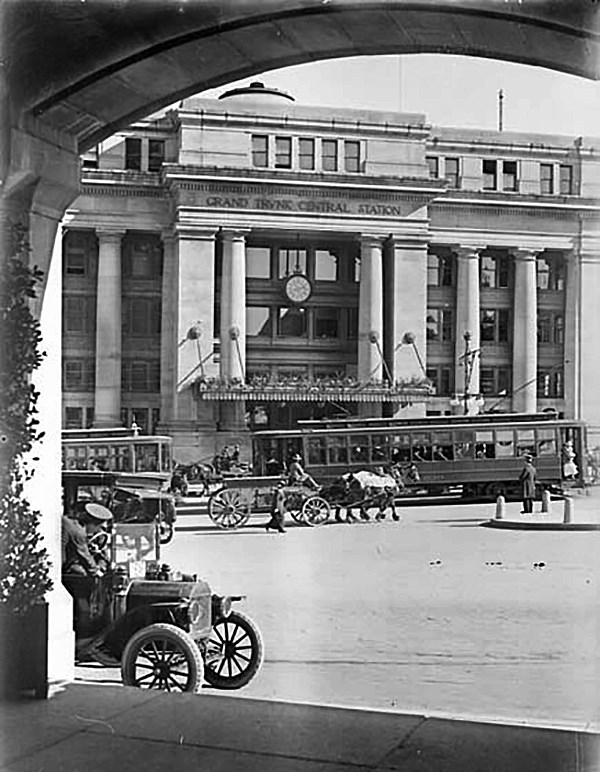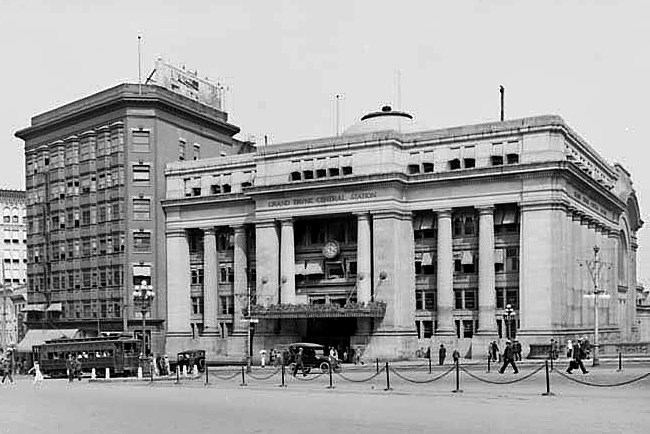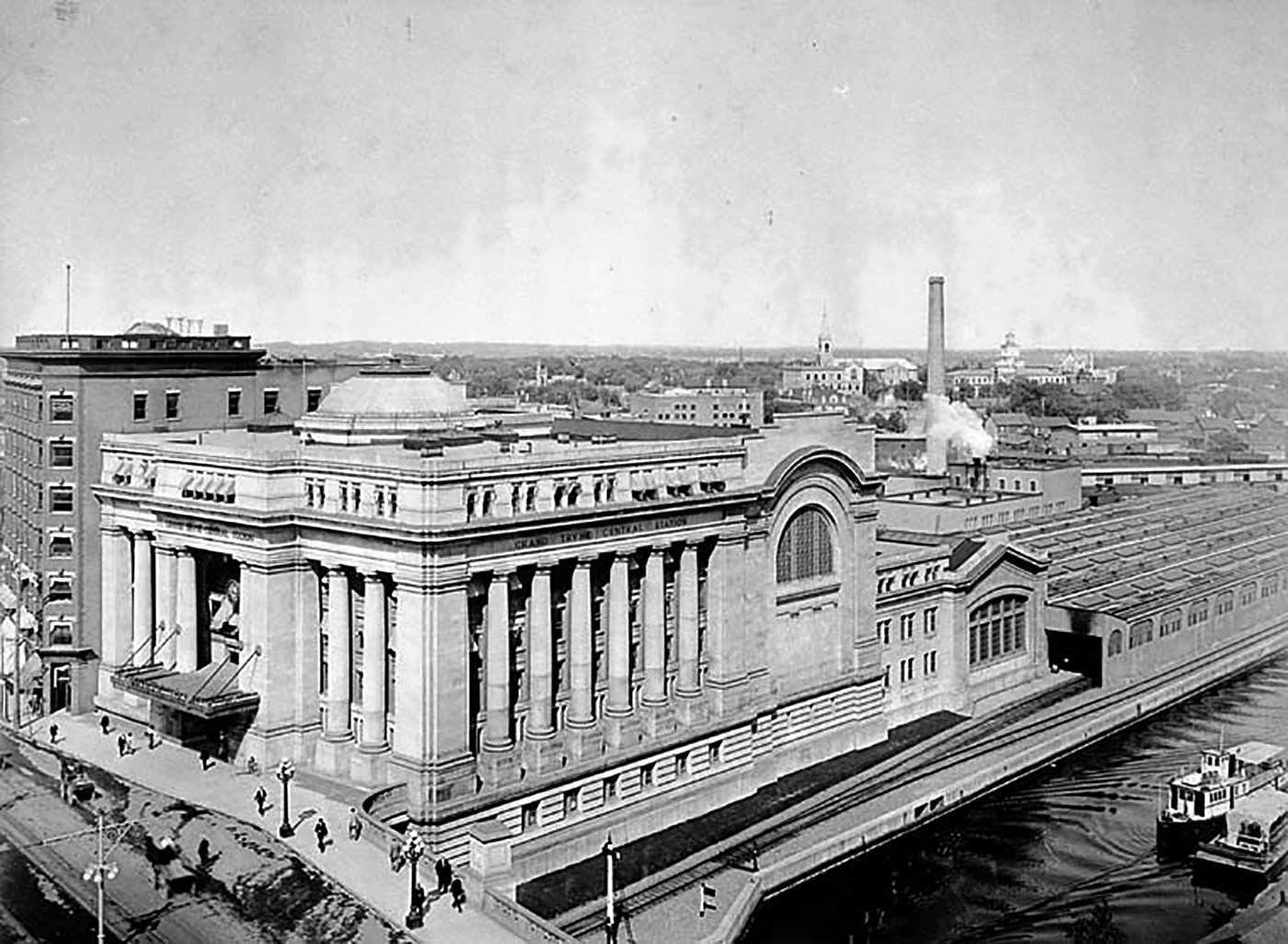The Senate of Canada Building and a rail titan’s Titanic tragedy

In February 2019, the Senate moved to the Senate of Canada Building, a former train station built in 1912. The Senate will occupy this temporary location while Parliament’s Centre Block — the Senate’s permanent home — is rehabilitated.
Although Centre Block is shuttered for rehabilitation work, Canadians can still experience its art and architecture through the Senate’s immersive virtual tour.
The June 1, 1912 launch of Grand Trunk Central Station, now the Senate of Canada Building, was meant to celebrate Ottawa’s debut as a marquee tourism destination and showcase capital to rival Washington, Paris or Berlin.

But one person was missing.
Charles Melville Hays, President of the Grand Trunk Railway, had spearheaded the project. In his vision, the classically elegant train station and luxurious Château Laurier across the street would be the jewels in a transcontinental rail-and-hotel empire that North America’s biggest rail company was building as it jockeyed for a share of Canada’s exploding tourism industry.
But two months before opening day, Hays sailed to England to buy furniture for the hotel’s dining room and to solicit funding for Grand Trunk’s westward expansion.
There he met a friend. J. Bruce Ismay, chairman of the White Star Line, had grand visions of ocean crossings on sumptuously appointed liners. He offered Hays and his family a deluxe suite on the promenade deck of the biggest ship ever built — the brand-new Titanic.
Four days into the voyage, Titanic struck an iceberg 700 kilometres southeast of Newfoundland. Hays helped his wife and daughter into one of the ship’s 20 lifeboats while he, his son-in-law and his secretary remained behind.
The ship went down two hours later, taking the three of them — and 1,500 others — with it.

Without Hays at the helm, the overextended Grand Trunk began to falter. In 1919, the federal government took control and eventually amalgamated it into the new Canadian National Railway Company.
Grand Trunk’s Ottawa terminal, renamed Union Station, continued to serve as the city’s passenger hub for half a century. In 1966, the National Capital Commission, as part of a comprehensive plan to beautify the capital, built a new station in the city’s east end and pulled up the rail bed along the Rideau Canal, replacing it with scenic Colonel By Drive.
The decommissioned downtown station escaped demolition and was repurposed as a welcome centre for Canada’s centenary celebrations in 1967. It was rechristened the Government Conference Centre and hosted federal-provincial meetings and international conferences for four decades.
On the 110th anniversary of its opening, the Grand Trunk Railway is a largely forgotten chapter in Canadian history. But the landmarks Charles Melville Hays inspired — the Senate of Canada Building and the Château Laurier — continue to make Ottawa one of the world’s most recognizable capitals.







